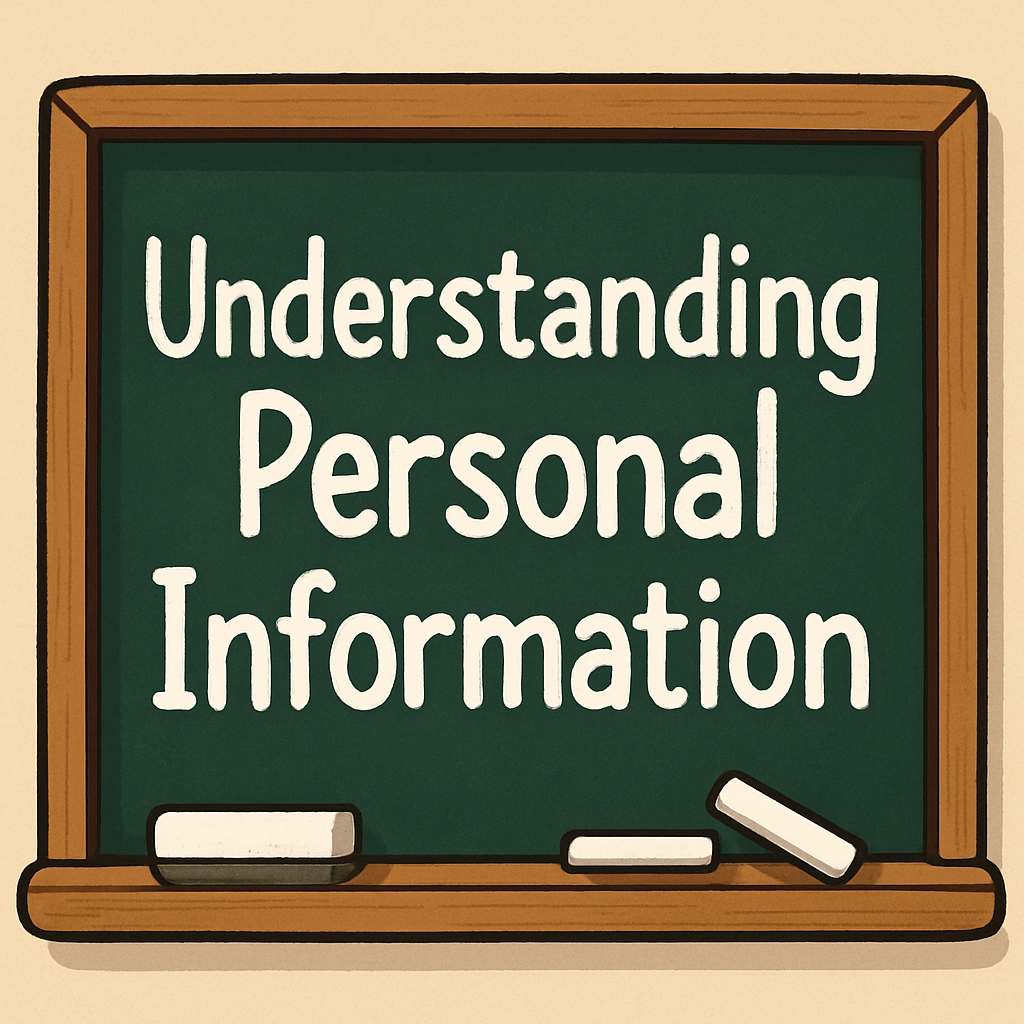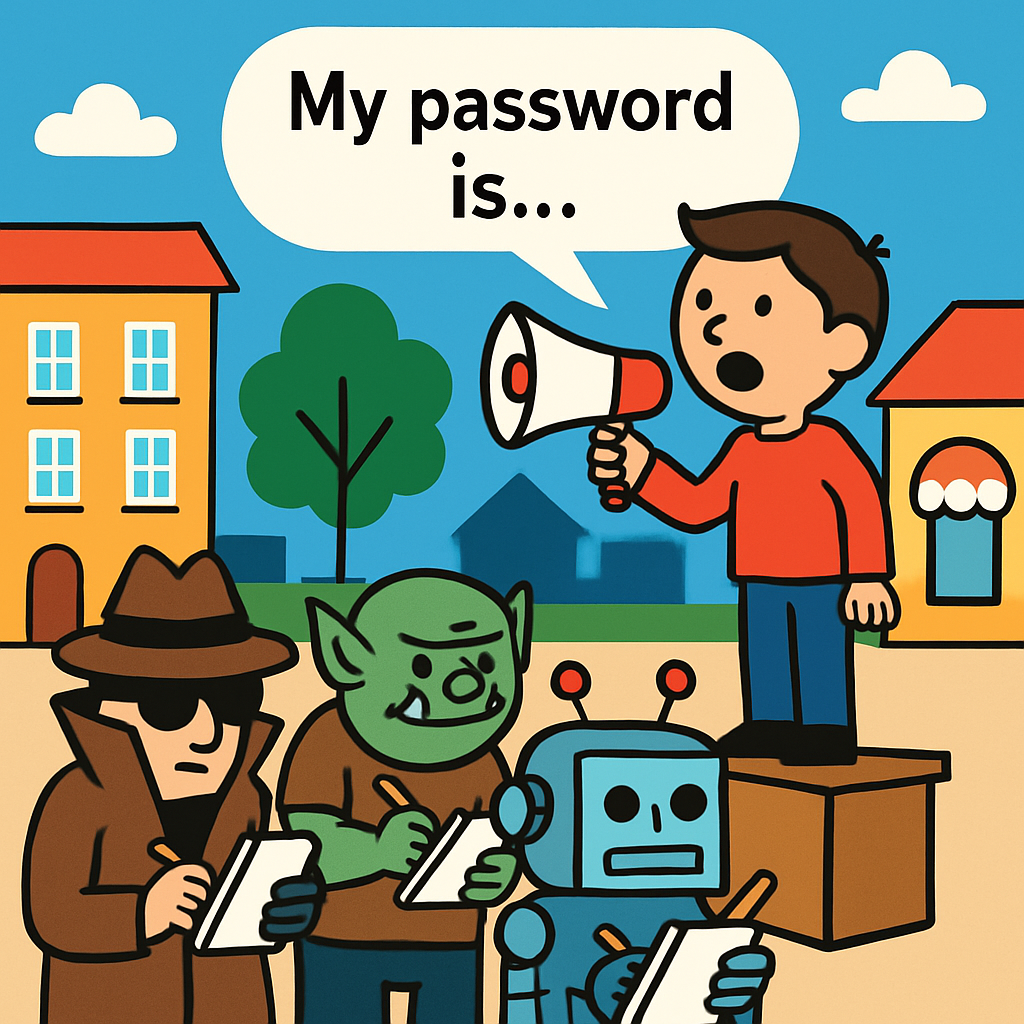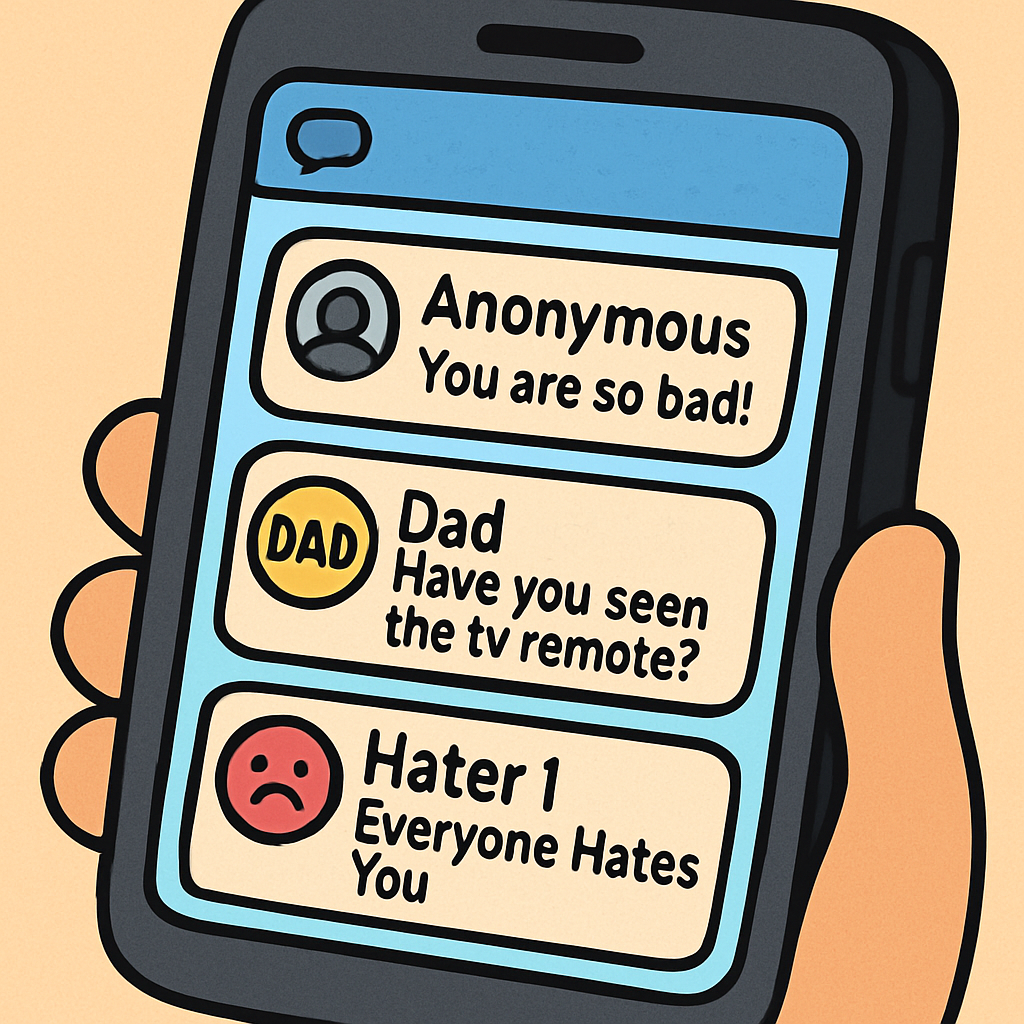 Personal information refers to any data that can be used to identify you as an individual. This includes details such as your full name, home address, telephone number, email address, date of birth, school name, and photographs that show your face or location.
Personal information refers to any data that can be used to identify you as an individual. This includes details such as your full name, home address, telephone number, email address, date of birth, school name, and photographs that show your face or location.
It is essential to recognise that sharing such information online can expose you to various risks. In this lesson, we shall explore the importance of protecting your personal information on the internet and the reasons why it is advisable not to share it indiscriminately.
 Sharing personal information online can expose you to significant dangers. It is crucial to understand these risks in order to protect your privacy and safety effectively. In today's digital world, where information spreads quickly and widely, being aware of potential threats is essential for making responsible choices online.
Sharing personal information online can expose you to significant dangers. It is crucial to understand these risks in order to protect your privacy and safety effectively. In today's digital world, where information spreads quickly and widely, being aware of potential threats is essential for making responsible choices online.
Below is a detailed list of the primary risks associated with sharing personal information on the internet. Each risk is explained briefly here, and we will explore them in greater detail in the subsequent steps of this lesson. Understanding these dangers will empower you to safeguard your personal data more effectively.
 Identity theft is a serious crime that occurs when an unauthorised individual gains access to your personal information and uses it to impersonate you. This can involve activities such as opening bank accounts, applying for loans, or making purchases in your name without your permission. The consequences can be severe, including financial losses, damage to your credit rating, and harm to your reputation.
Identity theft is a serious crime that occurs when an unauthorised individual gains access to your personal information and uses it to impersonate you. This can involve activities such as opening bank accounts, applying for loans, or making purchases in your name without your permission. The consequences can be severe, including financial losses, damage to your credit rating, and harm to your reputation.
Identity thieves often obtain personal details through various means, such as hacking into online accounts, stealing data from unsecured websites, or tricking individuals into revealing information. Once they have this data, they can exploit it for fraudulent purposes.
To safeguard against identity theft, it is crucial to adopt responsible online habits. Here are some key steps:
 Cyberbullying involves the use of digital platforms and technology to harass, threaten, or embarrass another individual. It can take various forms, such as sending hurtful messages, spreading rumours online, or sharing embarrassing photos without permission. Sharing personal information online can make it easier for cyberbullies to target you, as they may use details like your name, school, or location to intensify their attacks.
Cyberbullying involves the use of digital platforms and technology to harass, threaten, or embarrass another individual. It can take various forms, such as sending hurtful messages, spreading rumours online, or sharing embarrassing photos without permission. Sharing personal information online can make it easier for cyberbullies to target you, as they may use details like your name, school, or location to intensify their attacks.
Cyberbullies often exploit information shared on social media, gaming platforms, or forums. For instance, if you post your full name or photos that reveal your daily routine, bullies might use this to create fake profiles or send targeted threats. This behaviour can occur anonymously, making it difficult to identify the perpetrator immediately.
To minimise the risks, it is important to adopt safe online practices. Here are some essential steps:
Test your knowledge on avoiding unwanted contact from strangers with these real-life online scenarios. For each situation, select the safest action to protect yourself. Choose an option to receive immediate feedback with an explanation.